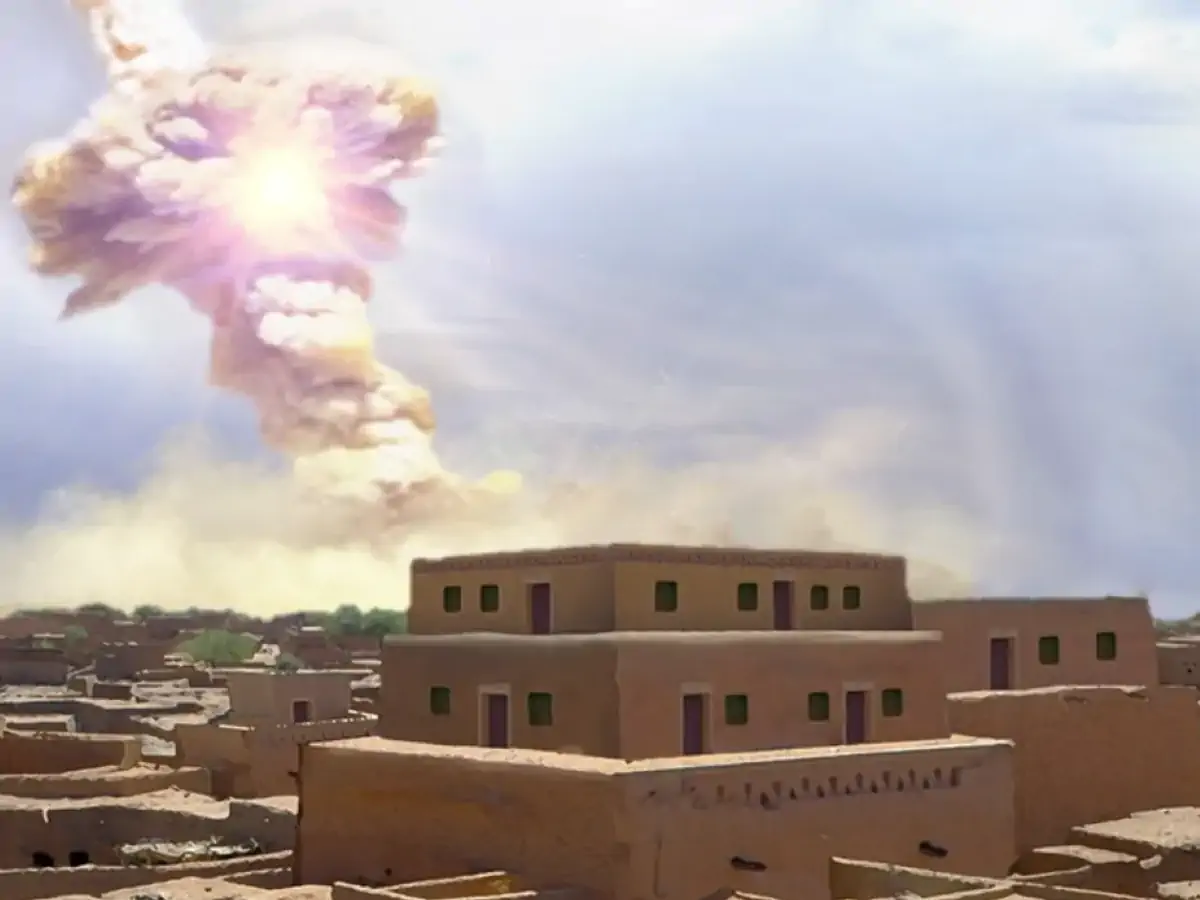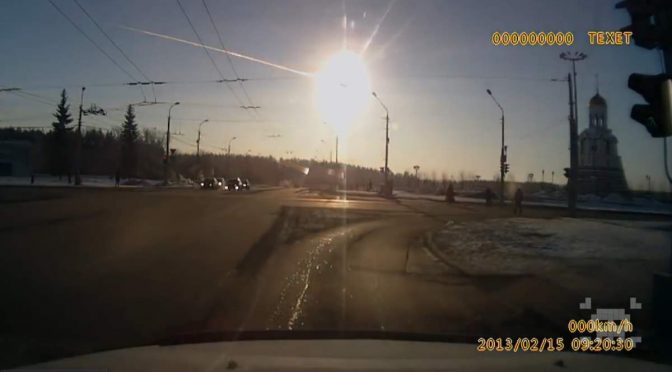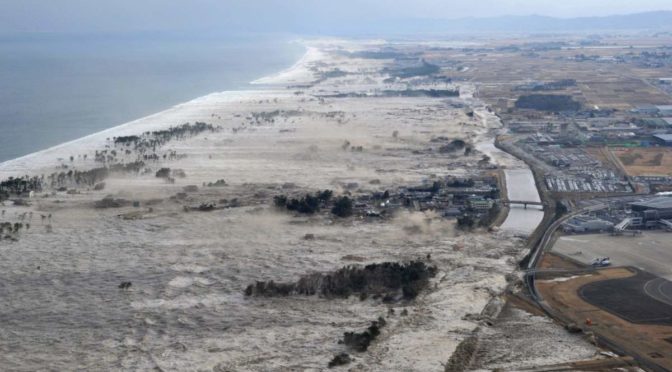There are a total of 1,223 UNESCO World Heritage Sites in the world (as of 2024: 952 Cultural, 231 Natural, and 40 Mixed) in 168 countries. Here are the top 20 countries having the most UNESCO World Heritage sites.


There are a total of 1,223 UNESCO World Heritage Sites in the world (as of 2024: 952 Cultural, 231 Natural, and 40 Mixed) in 168 countries. Here are the top 20 countries having the most UNESCO World Heritage sites.

As the inhabitants of an ancient Middle Eastern city now called Tall el-Hammam went about their daily business one day about 3,600 years ago, they had no idea an unseen icy space rock was speeding toward them at about 38,000 mph (61,000 kph).

Many of us think that rapid environmental change is a quintessentially modern crisis. Today, temperatures are soaring, topsoil is washing away, phosphorous is being diluted, forests are retreating, pesticides are sterilising farmland, fertilisers are choking waterways, and biodiversity is plummeting under the onslaught of overpopulated, industrialised societies. Some of these changes are indeed truly new. But many others have deep roots and distant echoes in the early modern period, the years between around 1400 and 1800 when much of the world began to assume its present form. Recently, scientists, geographers, historians, and archaeologists have combined expertise and evidence to reveal just how profound early modern environmental transformations really were.

In “Original Copies“, Bianca Bosker looks at a current trend in China to recreate some of human’s civilization greatest architectural achievements. Various elite suburbs in the country feature a variety of world wonders, from a 108-foot copy of the Eiffel Tower to picturesque Venetian scenescapes.

NASA Astronaut Andrew Jay “Drew” Feustel, who is currently living and working aboard the International Space Station, published a photo on his Twitter account with a replica of the “Moon Landscape” drawing by Holocaust victim Petr Ginz to honor Holocaust Remembrance Day (Yom HaShoah). The replica of the painting was first flown in space by Ilan Ramon (June 20, 1954 – February 1, 2003), the first Israeli astronaut for NASA. Ramon has died in the re-entry accident of STS-107, the fatal mission of the Space Shuttle Columbia. Ilan Ramon’s mother and grandmother were Auschwitz survivors, and his grandfather and other family members perished in Nazi death camps.
Feustel took with him to space a copy of a special drawing entitled “Moon Landscape”, which was created by a Jewish Czech boy named Petr Ginz (1 February 1928 – 28 September 1944) while incarcerated in Terezin, Czechoslovakia, during World War II. The drawing depicts how Earth would look from the surface of the moon. Petr was fascinated by science fiction and inspired by his favorite author, the French novelist, poet, and playwright Jules Verne (8 February 1828 – 24 March 1905), to draw and write stories about a far-off world he would never visit. At the age of 16, Petr lost his life at Auschwitz.

In a video published by Bill Gates on his Youtube channel, originally titled “Humanity is fighting back against the Grim Reaper”, Steven Pinker, the Canadian-American cognitive psychologist, linguist, popular science author, and Johnstone Family Professor in the Department of Psychology at Harvard University explains why people today are living longer, healthier, and happier lives than ever before. Pinker is one of Gates’ favorite authors.

On 15 February 2013, an approximately 20-meter (66 feet) meteoroid (see notes 1) entered Earth’s atmosphere over Russia with a speed of 19.16 ± 0.15 kilometers per second (60,000-69,000 km/h or 40,000-42,900 mph). Its mass is estimated at 7,000 to 10,000 tons, one of the largest meteoroids that entered Earth’s atmosphere in recent history. Then, at 9:20 am local time (03:20 UTC), it exploded some 20 to 30 kilometers above the city of Chelyabinsk and created a gigantic fireball (known as a superbolide, see notes 1) brighter than the Sun.

On October 13, 1860, the early American photographer James Wallace Black (February 10, 1825 – January 5, 1896) climbed into a hot air balloon (named Queen of the Air) with his camera, and photographed Boston from a hot-air balloon at 1,200 feet (around 365 meters). On that day, Black took 8 plates of glass negative; 10 1/16 x 7 15/16 in, but only one good print resulted, which the photographer entitled “Boston, as the Eagle and the Wild Goose See It”. Today, it remains the oldest surviving aerial photo.
Black was not the first person to take aerial photos: two years ago, French photographer (and also caricaturist, journalist, novelist, and “balloonist”) Gaspard-Félix Tournachon (6 April 1820 – 20 March 1910), known by the pseudonym Nadar, who photographed Victor Hugo on his death-bed in 1885, took photographs of Paris from a hot air balloon too. But the Frenchman’s photos were lost many years ago.

This is how the Crab Nebula was born: in 1054 A.D, a new, very bright star has appeared in Earth’s sky, in the constellation Taurus. Chinese, Japanese, Korean, and Arab astronomers observed the event and noted: “a new bright star emerged in the heavens”. The star was so bright: for nearly three weeks, it was visible even during the daytime, under the hot, shiny summer sun, and remained visible for around two years (653 days to be exact). Today, we know that that “heavenly star” was actually a supernova (SN 1054, see notes 1), and its remnant is what we now know as the Crab Nebula today (catalog designations M1, NGC 1952, Taurus A).

Here are the top ten most powerful earthquakes ever recorded by the Moment magnitude scale, MMS; denoted as Mw or M in recorded history, according to the United States Geological Survey (USGS), a scientific agency of the United States government.